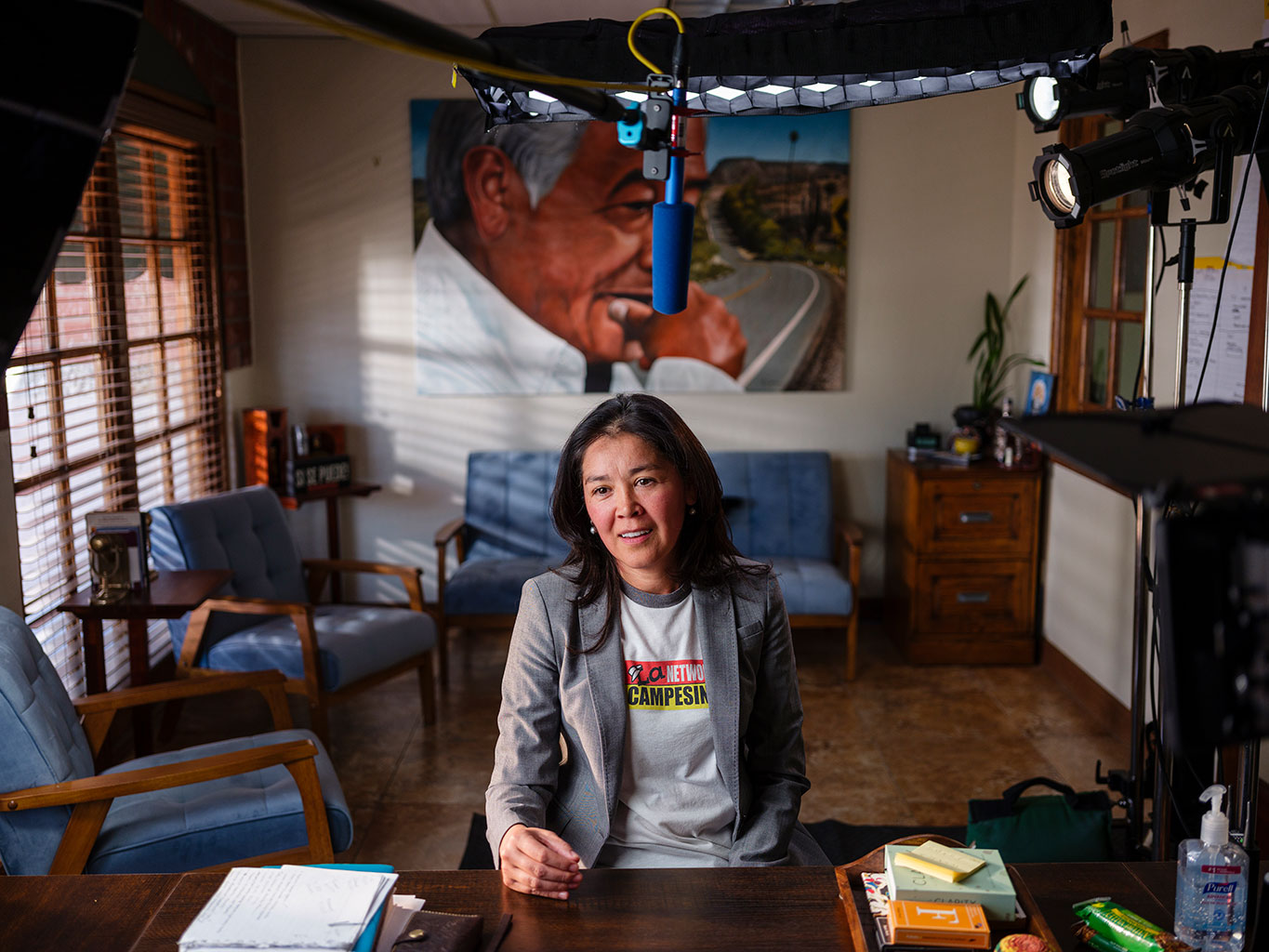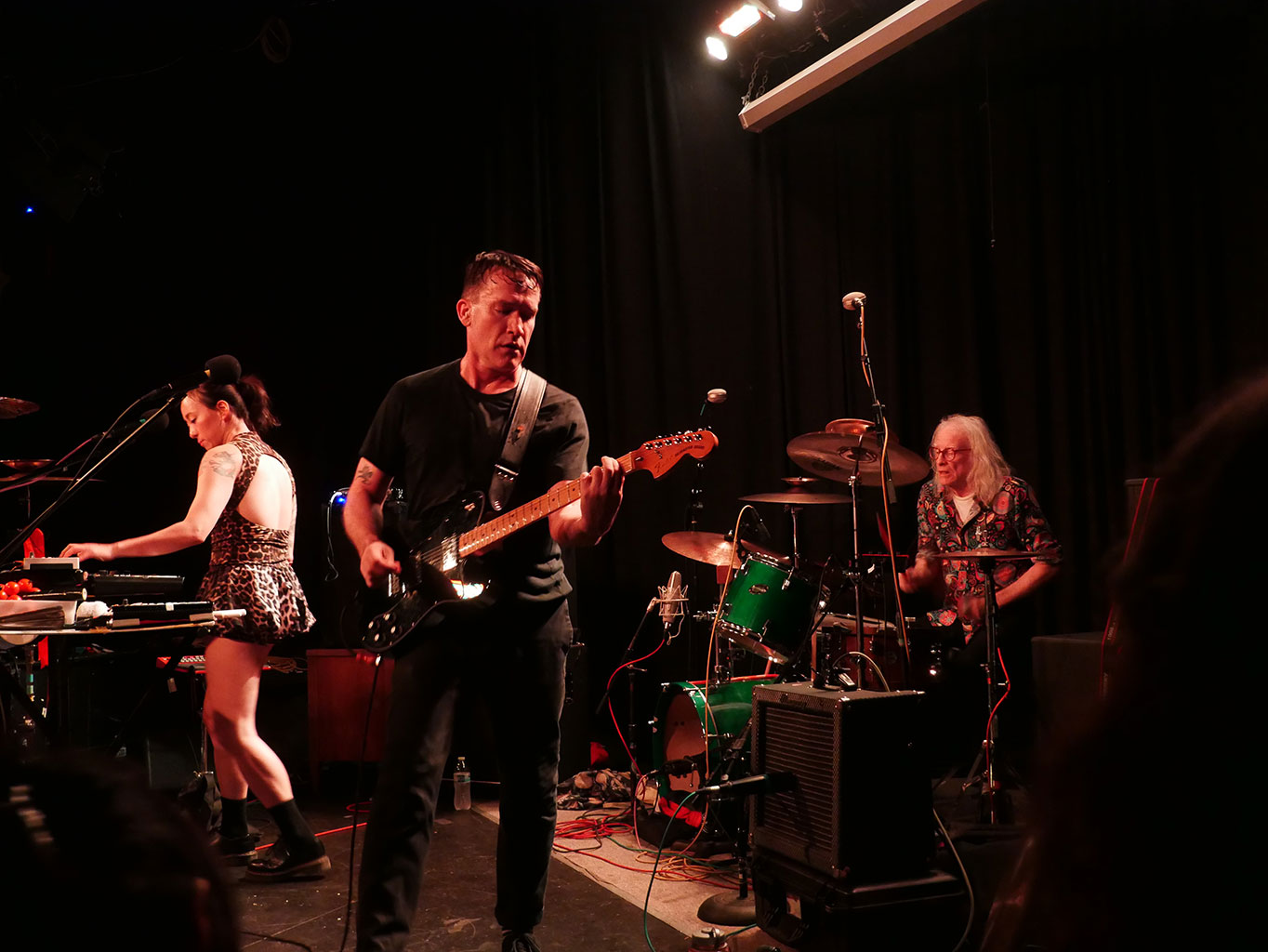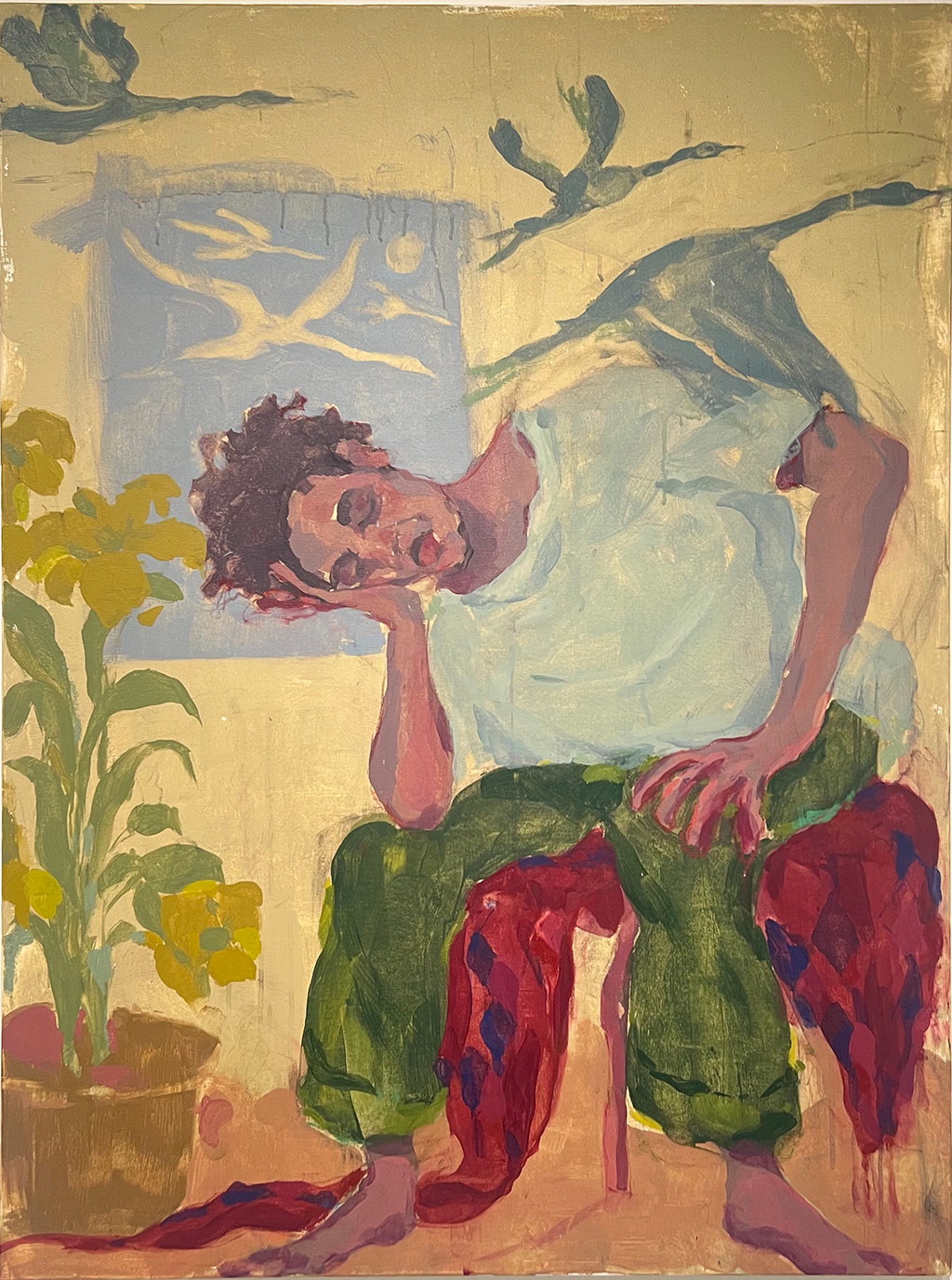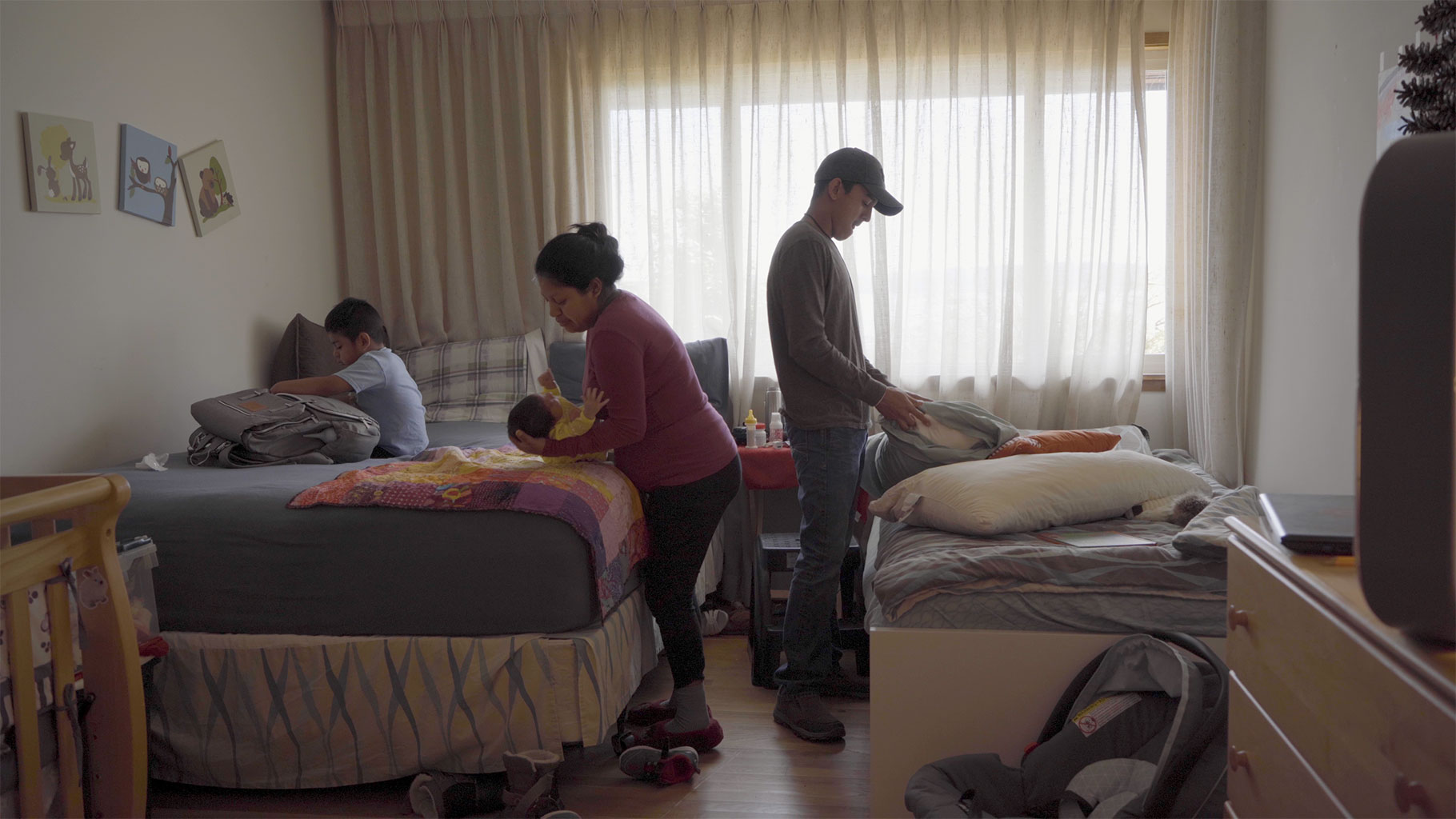The Multiverse of the Dreaming Mind is a series of writings that will explore the art, science, and gifts of dreams.

The Dormio from the MIT Media Lab’s Fluid Interfaces Group can incubate dreams in hypnagogia. (Credit: Fluid Interfaces group, MIT Media Lab; licensed under CC BY 4.0. To view a copy of this license, visit: https://creativecommons.org/licenses/by/4.0/.
What We Know About Dreams, or What Dreams Know About Us
Tales of prophetic and precognitive dreams appear frequently in the annals of global history. Kings and chiefs decided where and when to wage battles based on the messages and symbols of their dreams. Roman emperor Constantine became Christian literally overnight after a powerful dream instructed him to paint the sign of Christ on his soldier’s shields the next day in a battle where the odds were stacked against them. They won.
Entire populations put equal or greater stock in dream life as waking life, with the most well-known example in the West being the Arrernte Aboriginal people of Australia.For the Arrernte, the dream world, which spanned from past to present to future, was more real than the waking world. Dream neuroscientist Sidarta Ribeiro writes in The Oracle of Night: The History of Science and Dreams that the various words for “dream” in Arrernte and related cultures, “are synonyms of the primordial time of the creation of the world, which was popularized in the West under the English name ‘Dreamtime.'”
The Xavante Indigenous people of modern-day Brazil bring into their sleep actively cultivated intentions for dreamlife, which in turn shapes waking life activities like hunting, healing, and exploring the psyches of others. Also in The Oracle of Night, Ribeiro references Kayapo writer Kaká Werá Jecupé, who writes of the Xavante, “The dream is the sacred moment when the spirit is free and it can carry out a number of tasks: purifying the physical body, and its home; traveling to the home of the ancestors; often flying above the village; and sometimes, through [the] Spirit of Time, it goes to the edges of the future.”
Some say humans started believing in an afterlife because of the nocturnal visitations of the deceased, since these spirits appeared to continue living beyond the borders of the waking world. But when we learn the scientific method in school, we’re not taught that its origins can be traced back to the dream of philosopher René Descartes, one stormy November night in 1619. In his dream, Descartes received what he considered to be a divine mandate to unite all the sciences. The dream felt so real that when Descartes awoke, he realized that any truth-claims about the natural world would need to pass a reality test to determine their veracity — to make sure that what’s being observed is not just a dream.
Dreams have given science many such gifts. The discovery of the first neurotransmitter came from the dream of chemist Otto Lowei in 1919, who would later go on to win the Nobel Prize for his discovery (for the record, he had wanted to be an art historian, but his parents pushed him to become a scientist). The periodic table of elements was first seen in the dream of chemist Dmitri Mendeleev.
The same goes for artistic creations in dreams. Paul McCartney wrote “Yesterday” in a dream (the original dream lyrics were: “scrambled eggs, oh my baby how I love your legs”); Salvador Dali and Mary Oliver manipulated the liminal state of hypnagogia to create paintings and poetry. The Xavante compose songs and dances in dreams. Even some of our earliest artistic expressions, the cave paintings found in the French Pyrenees of half-animal, half-human creatures, are theorized to to be possible dream images.
The list goes on. There’s a reason we say “sleep on it” when we’re stuck on a hard problem.
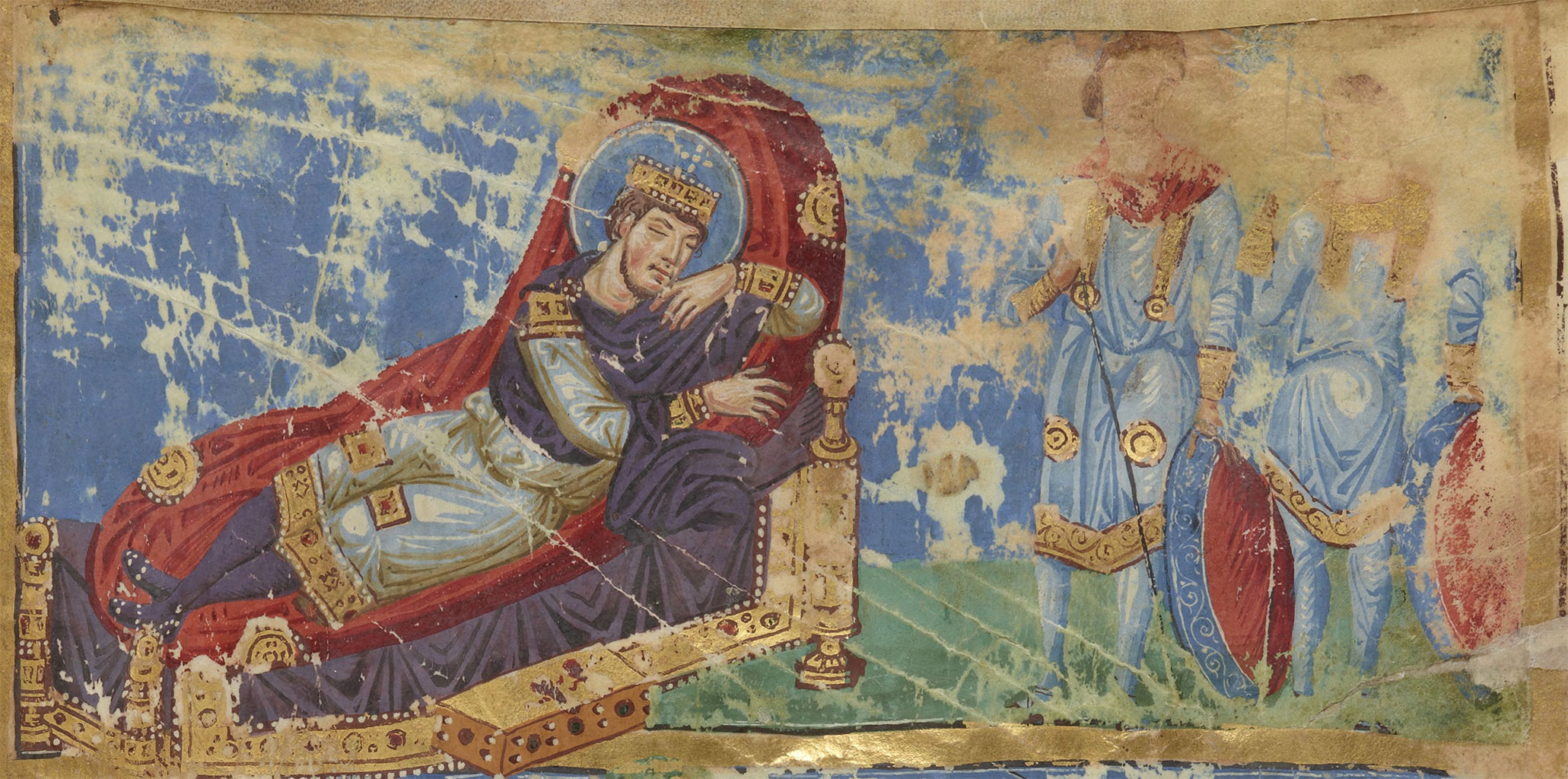
Constantine’s dream in a 9th century Byzantine manuscript. According to Latin writer Lactantius, the Roman emperor Constantine had a vision in a dream, on the eve of the Battle of the Milvian Bridge in October 312 AD, which prompted his conversion to Christianity. Detail from a Greek manuscript dated 879-883 AD and containing the homilies of Gregory of Nazianzus, now in the National Library of France. (Source: Wikimedia Commons; this image is public domain)
When it comes to what science knows about dreaming, we’ve got more theories that need testing by Descartes’ dream-divined scientific method than we have answers. Scientists are still investigating and debating how and why we dream. In fact, researchers don’t even share a common definition of dreaming. It’s hard to pin down a definition for dreaming when scientists, philosophers, and humans at large are still debating the definition of consciousness.
What is increasingly clear from the research, however, is that dreaming plays a host of crucial biological roles, even if we don’t fully understand how or why. The prominence of dreaming starts out in utero, where infants spend most of their time in Rapid Eye Movement (REM) sleep, the sleep state with the highest concentration of vivid dreams. The electrical activity of REM sleep supplies the building blocks for the nervous system, laying down neural circuitry throughout the brain. Babies in utero spend more time in REM sleep — up to 12 hours a day the week before birth — than they will in any other phase of life. We dream ourselves into being.
As we grow, dreaming helps us consolidate memories, support emotional processing, and integrate new knowledge and skills. Since dreams are experienced as completely internally generated worlds, they even provide a nocturnal laboratory for studying the nature of consciousness and perception. One might argue that dreaming is a biological process as critical as digestion. Without it, we would lose the strength of our memories and identities.
Artists Forecast the Future of Dream Technology
Even as scientists have miles to go before we understand sleep, recent advancements in neurotechnology raise a host of questions about the future of our dreams. Advancements in brain computer interfaces and AI are rapidly closing the ever-diminishing gap between human and machine. At this critical inflection point, we have also arrived at the early days of dream tech: neurotechnology that directly interfaces with the dreaming mind. Examples include: wearable devices that attempt to induce lucid dreams, or dreams in which you are aware that you’re dreaming and may be able to exercise control; dream recording; VR therapy for PTSD nightmares; and even dream advertising. The beer company Molson Coors debuted a dream ad marketing stunt at the 2021 Super Bowl. That same year, a survey by the American Marketing Association of more than 400 marketers from firms across the U.S. found that 77% of them plan to use dream tech for advertising in the next three years.
As noted above, artists across cultures, genres, and eras have long turned to dreams for inspiration, metaphor, and story ideas. Artists are also notorious for anticipating world events, social change, and scientific discoveries long before they occur. This goes for dream tech, too. In 1991, German film director Wim Wenders foresaw dream recording in Until the End of the World. A 1991 episode of Futurama featured commercials in dreams. In the literary realm, sci-fi writers have long-anticipated the advent of dream tech. Twenty years before Wenders’ film, Ursula K. Le Guin’s novel The Laithe of Heaven imagined a near-future dream control machine based on her well-researched understanding of dream science; the story even incorporates the names and discoveries of real dream scientists.
So, in order to futurecast about dream tech, it could be illuminating to survey how artists are already exploring ideas around the intersection of dreams and technology. In some instances, artists draw upon their own dreaming brain data as artistic fodder.

Dormio worn on a user’s hand. (Credit: Oscar Rosello; licensed under CC BY 4.0. To view a copy of this license, visit: https://creativecommons.org/licenses/by/4.0/.
MIT Media Lab’s Fluid Interfaces Group – Dormio
Over the last few years, the Fluid Interfaces Group at MIT’s Media Lab have developed a number of technical projects that interface with the sleeping and dreaming mind. Dormio is a hand-worn device that allows the user to program what they want to dream about in hypnagogia — that early, highly imaginative phase of sleep when you dissolve into unconsciousness. A group of students led by designer Adam Haar Horowitz created a simple piece of hardware worn on the fingers that tracks biometrics like heart rate and muscle tone. This allows Dormio to detect when the user enters hypnagogia, at which point a voice from a phone app asks something like, “What were you just thinking about?” and records whatever the user says, before letting them drift back toward sleep. Adam and his team created the device to bolster users’ abilities to harness their own imaginations, since Dormio lets you program a prompt at the beginning of the process–for example, “dream about your poem.” The team also made an even simpler but similarly effective website version of the Dormio, where you can record your own prompts, set timed windows, and record the audio of your hypnagogic mumblings.
Melati Suryodarmo – “IF WE WERE XYZ”
In 2019, Indonesian durational performance artist Melati Suryodarmo performed her show “IF WE WERE XYZ” at the Asia Society New York. Using a self-devised home sleep laboratory, Melati collected her brain data using electroencephalogram (EEG) through electrode sensors on her scalp. She then enlisted two collaborators to turn the raw brain data into a musical composition and visual renderings for the live performance. Back in 1977, dream scientist Allan Hobson created a similar exhibition called Dreamstage, first at Harvard where he worked, and then in a barn on his farm in Vermont.
Victoria Rogers – BLACK NOISE
Designer Victoria Rogers took to the sonic dimension of dreaming with her MFA thesis project at Parson’s. Motivated by the question of what Black people will need in the future to survive, Rogers struck upon imagination as a key tool for not just surviving but thriving. In an interview, Rogers explains, “I was trying to unlock the opportunity to build imagination, grow imagination, develop, shepherd imagination.”
Imagination brought Rogers to dreams, and she began investigating the racial sleep gap: the quantifiable difference between the sleep health of white people and BIPOC in the U.S. Studies show that white people sleep longer and deeper than Black people, and compared to whites, Black people experience more adverse health effects of sleep loss, such as obesity, diabetes, high blood pressure, heart disease, stroke, and poor mental health. Seeking to level the dreaming field and support more equitable access to healthy sleep and dreams, Rogers partnered with sound artist Olani Ewunnet to create BLACK NOISE, a set of soundscapes for dreaming at night (“FREEDOM”) and daydreaming (“DAYDREAM”).
Before making the soundscapes, Rogers collected dream reports over a two week period from 22 Black New Yorkers who responded to her Craigslist ad. The results of the dream reports, and interviews she subsequently conducted with the dreamers shaped the soundscapes. The resulting pieces are each 90 minutes long–the length of an average sleep cycle.
“BLACK NOISE is made for and by black people,” Rogers writes in her thesis. “The soundscape is comprised of syncopated music, the voices of recognizable civil rights advocates, phrases of affirmation, samples of vernacular culture, and the words of those who participated in the dream study.”
When asked what she thinks about the future of dream tech in our daily lives, Rogers says, “I think that there’s going to be like a utility component to sleep, which I know is like the opposite of what everyone wants… who has control of that utility? What kind of utility it has–like there are questions there, and things can get dark pretty quickly. It’s like, are you working while you’re sleeping? Because you’re allowing Samsung to do experiments on you?”
Rogers also sees the potential for dream tech, given how much emotional processing and self-therapy happens when we dream. “So, I hope that there’s a future in which dream technology could be influenced in the space of that [inner] work and that [inner] work could actually be productive and lead to more predictive outcomes during your waking life,” she said. “But how you strip out the Samsung thing is hard.”
Violet Allen – “Mister Dawn, How Can You Be So Cruel?”
In Chicago-based writer Violet Allen’s short story “Mister Dawn, How Can You Be So Cruel?” recently featured on the “LeVar Burton Reads” podcast, the main character, Esther, designs “augmented dreams” for rich clients with boring fantasies lifted from Hollywood action movies. The augmented dream devices cost $5,000, narrowing the client base to people Esther finds vapid and uninspired. She longs to apply her design skills to the limitless potential of dreams in order to create true art, through experiences unanchored to an egoistic dream self. She wants to know what it feels like to be an abstract idea or inorganic object, and sees dreams as the perfect vehicle for artistic exploration.
One day, she gets poached by a mysterious new company as the director of content research. Her new boss promises her that her research will lead the way in making augmented dreaming widely accessible to the general public. After a series of lab experiments, Esther finally makes her dream come true by turning a test subject into a triangle in his dream. But the dream basically breaks the test subject’s psyche, and he wakes up a shell of a person. When the company starts running out of money, Esther is forced to choose between exploiting users in a desperate last attempt to make revenue, or losing her job and ability to experiment in the dreamscape.
We won’t ruin the ending, but needless to say, the story is rife with the kind of complex ethical questions that will surely plague the development of commercial dream tech in the years to come.
Ω


